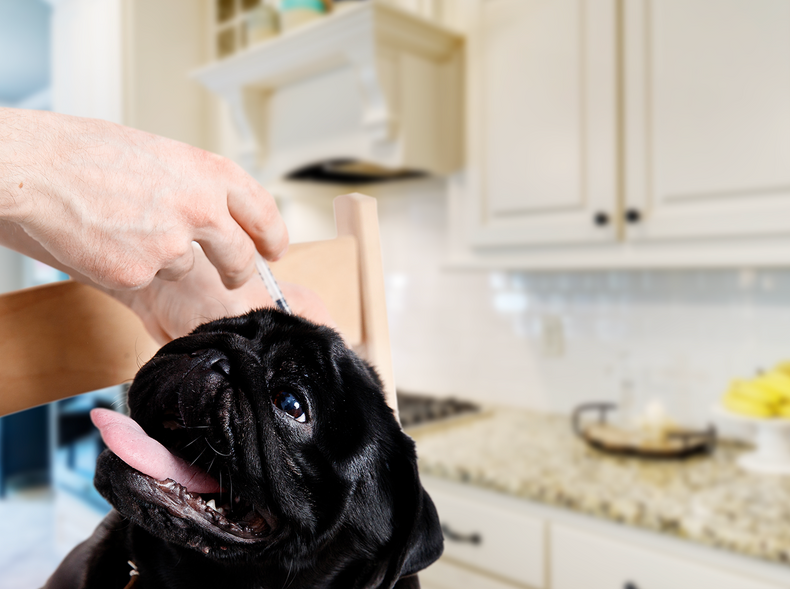Testing Your Diabetic Dog, A Deeper Dive
As we have discussed before, testing is your greatest tool to get a handle on managing this disease. I know that many vets don’t mention the importance of testing early on likely because the whole diagnosis can be very overwhelming. Sadly, many others just don’t believe that home testing is a good idea. I personally can’t imagine why! If my child was diagnosed with diabetes, I’m fairly certain that the pediatrician would stress the importance of testing that child to be sure that he/she is safe. Well for me, my dogs were my children so not testing my dog wasn’t an option. Once I was told that there are handheld meters for my dog, there was no looking back!
The biggest difference between human diabetics and canine diabetics is that a human knows that they are going to eat, what they are going to eat and that they have access to the fridge and pantry if they are feeling a bit off. Well, your dog has no such luxury and as their caregiver, it is your job to manage their food and insulin for them. In short, YOU are now your dog’s pancreas! I know that sounds daunting to some, but it really isn’t once you grasp some of the nuances of the disease.
A “normal” range for a non-diabetic dog is roughly 70-140. That non-diabetic dog has the ability to save itself if there is a sudden drop in BG (Blood Glucose). Your diabetic dog doesn’t have that ability because he/she doesn’t have a functioning pancreas. We recommend that for a diabetic dog, a safe range to keep BG (Blood Glucose) in is 150-250. This will keep your pup safe in the event that a squirrel happens by or the UPS person comes to the door and a frenzy ensues (both events caused quite the commotion in my house). How will you know that your dog is in that range? You test them at home!
When you test a fasting number, that’s the number before you feed (remember… test, feed, inject), You want to be sure that it is around 200 so that once your pup has eaten, it is safe to give a full dose of insulin. If your pup is running low for some reason, you’ll want to feed and test again about 15-20 minutes after the meal to be sure that your pup is at or above 200. You have an hour after the meal to test and be sure that your pup is in a safe range to inject a full dose of insulin. If after an hour, your dog’s BG (Blood Glucose) is still below 200, you’ll want to reduce your insulin dose for this injection. The guidelines that I was taught are as follows.
If your dog has eaten their FULL meal and after an hour hasn’t come up to 200… adjust insulin dose as follows:
| Under 200 | Reduce insulin by 25% |
| Under 150 | Reduce insulin by 50% |
| Under 125 | Reduce insulin by 75% |
| Under 100 | Skip insulin |
Keep in mind that the first ¼ - ½ of the insulin dose covers basic metabolic function like breathing, heartbeat, etc., the rest is to interact with food. If you continue to see low fasting numbers, it may be wise to discuss with your vet an overall dose reduction. You’ll want to do a curve on your pup (a home curve will give you the most accurate readings) to see where your readings are over a 12 hour period. We will discuss curves and how to interpret them in a later post.
Knowing where your dog’s BG (Blood Glucose) is and what their trends are is such an important piece of actively managing this disease. I’m a true believer, and I hope that if you aren’t one yet, you will become one in very short order!
As always, we look forward to your thoughts, questions and comments below… Don’t be shy, the only “dumb” question, is the one that doesn’t get asked!

